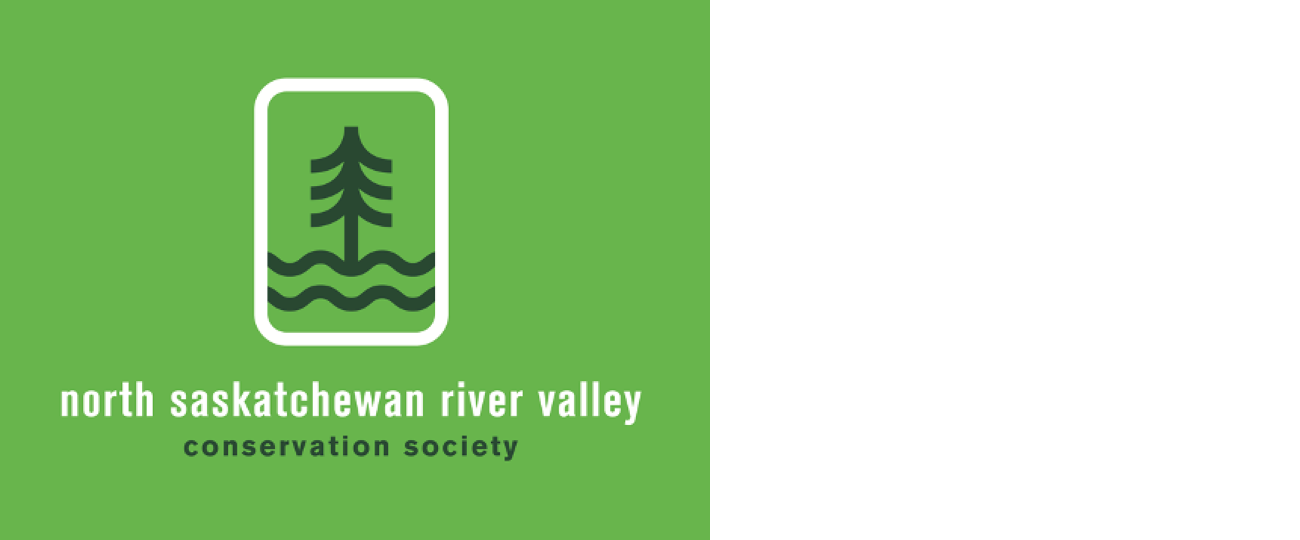New interactive atlas a bird watcher virtual paradise
The Bird Migration Explorer mapping tool, a new online atlas of bird migration, includes interactive, animated maps of the full annual migration for 458 species; more than 4.2 million point-to-point migratory bird connections across the hemisphere; and visualizations for 19 selected Conservation Challenges that migratory birds are exposed to throughout the year across the Americas.
The Bird Migration Explorer mapping tool, available free to the public, is an ongoing collaboration between 11 groups that collect and analyze data on bird movements, including the National Audubon Society, the Cornell Lab of Ornithology, Birds Canada, Bird Conservancy of the Rockies, and the Smithsonian Migratory Bird Center.
The site will bring together online data from hundreds of scientific studies that use GPS tags to track bird movements, as well as more than 100 years of bird-banding data collected by USGS, community science observations entered into Cornell’s eBird platform, genomic analysis of feathers to pinpoint bird origins, and other data. The Bird Migration Explorer is available at https://explorer.audubon.org/home?threatOverlay=expand&zoom=3&x=1306099.1620122588&y=2810864.562197212
City’s current black knot focus is southwest Edmonton
With over 380,000 trees in the Open Space and Boulevard tree inventory, the City of Edmonton has a four-year pruning cycle for trees impacted by black knot. Pruning takes place between late fall to early spring when tree and spores are dormant, knots are easier to see, and temperatures consistently below zero. Edmonton’s southwest quadrant is the focus of the fall 2022-winter 2023 pruning schedule.
Black knot is caused by the fungus Apiosporina morbosa and attacks various trees and shrubs. It infects trees within the Prunus genus, which includes different types of plum and cherry trees. The fungus has also been known to infect shrubs in the Rose family. The spores spread in warm and wet weather.
It is spread through spores by rain, wind, birds, and insects that have had contact with infected trees. The spores spread in the spring and infect other trees, then in the summer the infection creates green swellings at the tip of the branches. In the following years, these swellings blacken and enlarge.
Black knot is an increasingly common disease. Trees on private property are the owner’s responsibility. When pruning trees in your yard, destroy infected pruning immediately, as they can continue to produce spores for months after being removed. Galls should be sealed in a plastic bag and placed in your black garbage cart for disposal. More information at https://www.edmonton.ca/programs_services/pests/black-knot
This plant named for North American explorer Meriwether Lewis
Wild Blue Flax, Linum lewisii, is a Prairie flax that grows 18-20 inches tall. It rarely stands straight up, but rather leans at an angle. Flowers are pale blue. Each stem produces several flowers, blooming from the bottom upward. The seeds are produced on the lower flowers while those above continue to bloom.
Graceful airy stems covered in blue flowers bloom early summer and repeat blooms more lightly throughout summer. Not long-lived, allow volunteer seedlings to replace the older plants. Mature plants do not like to be transplanted, but small seedlings transplant well.
This plant is a great drought-tolerant species for dry areas. It stays small in the first year of growth but will grow rapidly and bloom in 2nd year. Info at http://eng.snappages.com/native-plants-l
Comment or contribution
Please note that articles may not reflect the position of NSRVCS. River Valley News is meant to be a clearinghouse for the wide variety of opinions and ideas about Edmonton’s River Valley. Email river valley photos, event information, comments, or questions to nsrivervalley@gmail.com
Sincerely yours,
Harvey Voogd
North Saskatchewan River Valley Conservation Society
780.691.1712















